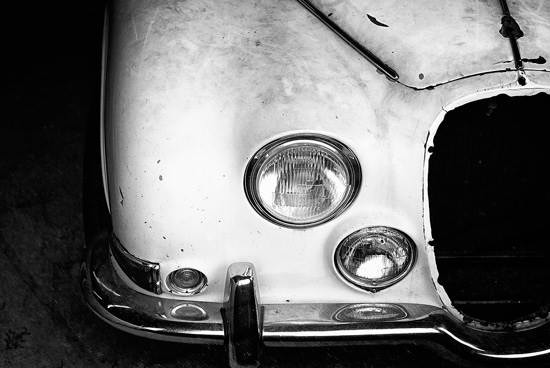The days of having to carry around a light meter for everyday photography are long gone. We are now fortunate to have incredible light meters built into our cameras. The built-in meters are capable of working hard to establish the right exposure for the scene we are photographing in a fraction of a second. We also have the option of changing how our built-in light meters interpret scenes to help us create the images we want with ease.
Evaluative Metering or Matrix Metering on Nikon cameras is the “auto” setting of metering modes. The camera will use the entire scene in the viewfinder to decide what the best exposure for the photo is. This mode is the default mode on your camera when you take it out of the box, and is the best metering mode for everyday photography when you may be out taking photos in various lighting situations.

Spot Metering is almost the complete opposite of Evaluative Metering. It looks at only a very small centre portion of the image in the viewfinder to establish an exposure. Spot Metering is best used for metering scenes where the subject in the foreground is darker than the background or vice versa. By using Spot Metering, your camera will accurately expose for the subject in the centre of the frame instead of creating an under or over exposed photo because of the surrounding light.
Centre-Weighted Metering is the happy medium between Spot and Evaluative Metering. Your camera will use the entire scene to determine the exposure but will put more “weight” or importance to the centre of the image. This way the camera will look at all of the information in the image but will properly expose the centre of the image where your subject may be.

To get a better idea of how the different metering modes affect your photos, take identical photos with each mode selected then write down which photo corresponds to each mode. Later, compare them on a computer at home to see the differences in the photos, and how changing the metering affected each still. If you are unsure how to change the metering mode on your camera, it is best to consult the user manual included with your DSLR to learn how to properly change the setting, or drop by one of our stores and we would be happy to show you!
Photos and written by Corey Bradder


